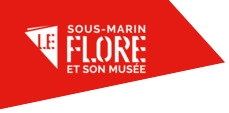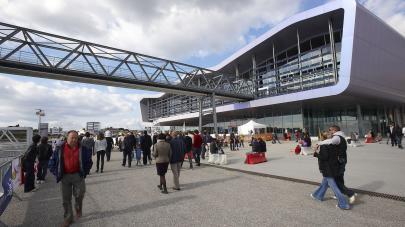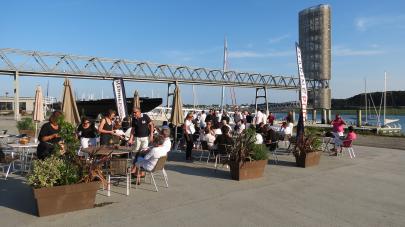Lorient La Base
Walks, explorations and discoveries, visits, a family break... the submarine Flore-S645 is located in the heart of the former submarine base in Lorient. Entirely renovated, the entire site has become a unique area for promenades and leisure activities.

Lorient La Base
from 1997 to today
In February 1997, the Ministry of Defence abandoned the site as part of a restructuring plan. After 50 years of presence on the site, the departure of the Navy Reserve and the DCN, a French industrial group specialised in naval defence and energy, represented new challenges for Lorient and its surrounding areas in terms of economic sustainability and historical and national heritage. The Submarine Base is today a European centre of excellence in the sailing world.

The French Navy
1945 to 1997
At the end of World War II, the French Navy decided to occupy the Lorient Submarine Base. Up until February 1997, more than 1,800 military and civilian officials were present on the site repairing and refuelling submarine squadrons, including the submarine ‘La Flore’ (visit the La Flore and its museum).
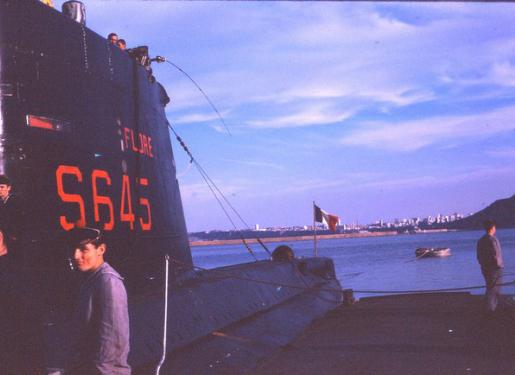
The German navy
From 1942 to 1945
In 1942, a survival simulator was built at Keroman to train the Navy personnel in submarine emergency escape procedures (Visit the Submarine Museum and the oldest rescue simulator for submariners!).
The Keroman Submarine Base would withstand the most powerful bombs of its time, and bear witness to the passage of more than 203 U-Boats.
The presence of this base, deemed indestructible, is the reason Lorient was subjected to heavy bombing from Allied aircraft, transforming the city into a vast field of ruins.
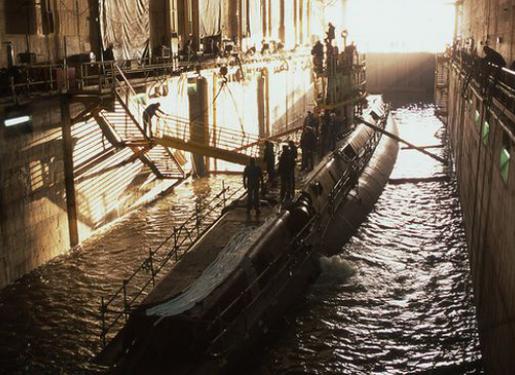
The Keroman Submarine Base
from 1940 to 1942
In June 1940, war descends on Lorient. Very quickly, Germany undertook the construction of a submarine base on an area of 26 hectares located south of the city to protect their submarines from the aerial bombardments carried out by the English. Construction of the Kéroman Submarine Base required the involvement of 15,000 workers. Three impressively large blocks were constructed and successively named KI, KII, KIII (Guided tour of Block K3).
Lorient La Base offers many unusual guided or open tours.

